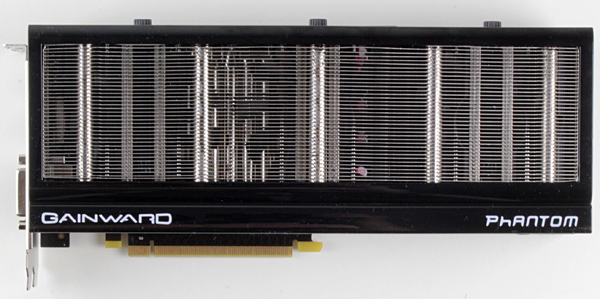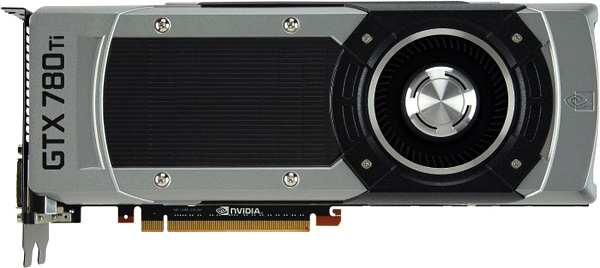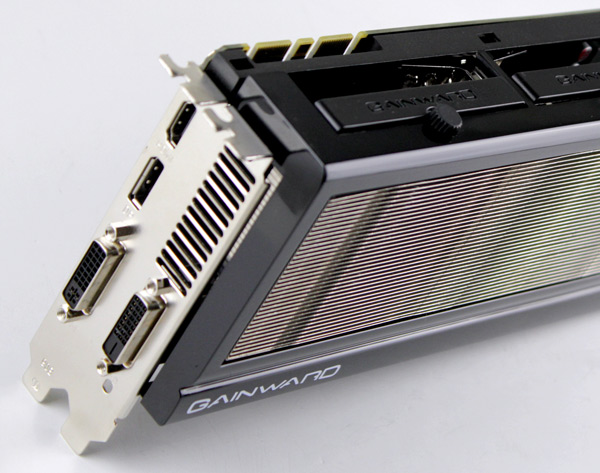Index
The Gainward GTX 780 Ti Phantom is based on a slightly altered GTX 780 Ti PCB design and it boasts a custom Phantom cooling on top. The Phantom is an impressive cooler with great performance. The new Phantom cooler has slightly a changed design compared to the previous generation used on GTX 680 cards. The most visible difference is that the fans can be easily removed, much like hard drives from a hot swap bay.
Previous generations of Geforce reference designs featured relatively noisy coolers, thus making non-reference cards with custom cooling a lot more appealing. However, the reference GTX 780 Ti cooler is pretty good, as it doesn’t compromise on noise over performance, at least not until you overclock the card. An overclocked GPU generates more heat and the reference cooler starts to get louder.
The Geforce GTX 780 Ti is a pretty impressive card even in its plain vanilla reference edition. The next picture shows the Gainward GTX 780 Ti which is just loosely based on the reference design.

Two 8-pin power connectors are necessary to power the card.
Gainward decided to use the baseplate to strengthen the PCB and provide better cooling for the memory chips and MOSFET. The card has 3GB of GDDR5 memory. All the memory modules at the front of the PCB are tucked away underneath the reinforcement plate. 
The card uses an OnSemi NCP4208 voltage controller and the TDP for the reference card is 250W. The VRM features an eight phase PWM design for the core and two phases PWM design for the memory. Gainward also offers a workaround on the voltage limits.

The rear of the PCB features no backplate, which is not important for the performance but would make overall design visually appealing.

As far as video outs go, once again we are looking at the classic Gainward Quattro-port design, i.e. two dual link DVIs, HDMI (1.4a compatible) and DisplayPort out. Nvidia surround technology enables the Phantom card to drive up to three displays for triple display gaming. Nvidia included an HDMI sound device within the GPU, so there is no need to connect the card to your SPDIF out to get audio and video via HDMI.
As far as video outs go, once again we are looking at the classic Gainward Quattro-port design, i.e. two dual link DVIs, HDMI (1.4a compatible) and DisplayPort out. Nvidia surround technology enables the Phantom card to drive up to three displays for triple display gaming. Nvidia included an HDMI sound device within the GPU, so there is no need to connect the card to your SPDIF out to get audio and video via HDMI.
